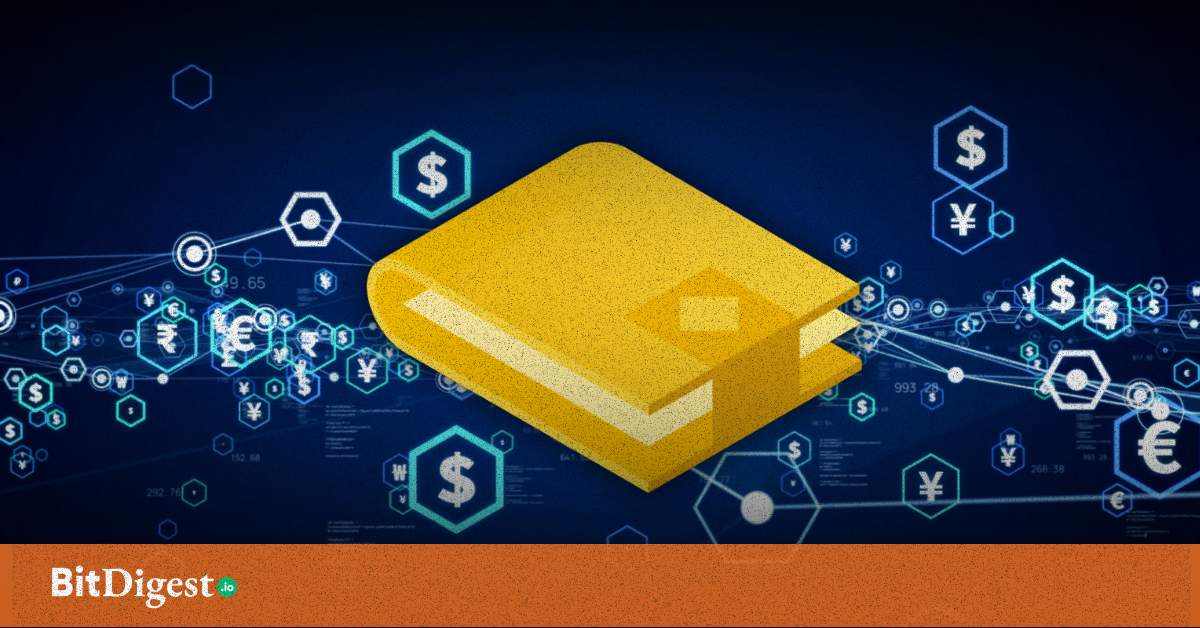What Is Account Abstraction?

User experience is crucial, especially in cryptocurrency, which is a relatively new domain. Interacting with a decentralized app (dApp) can be daunting for beginners, who must create a wallet, keep their keys safe, and complete other necessary steps.
Account abstraction, an Ethereum token standard that leverages smart contract crypto wallets, simplifies the dApp user experience by abstracting away the technical complexities of Web3 involvement. This is a major breakthrough in democratizing Ethereum adoption, making it more accessible and user-friendly.
Ethereum Accounts
Ethereum accounts are unique digital addresses that interact with the Ethereum blockchain, which can store and send ETH, and also interact with other smart contracts. Ethereum accounts have two types: Externally Owned Accounts (EOAs) and Contract Accounts.
EOAs are accounts that serve as wallets, and are operated externally. As mentioned, these accounts are used by users to store and send ETH, and interact with dApps. Private keys are required to be used in EOAs. Seed phrases are used by EOAs to generate private keys, which are used to sign transactions. Seed phrases must be stored offline and should not be lost; otherwise, users would not be able to gain access to their assets. Thus, security must always be met.
On the other hand, code is used in contract accounts which act as crypto wallets. When a smart contract is deployed in the blockchain, these accounts are created. Likewise with EOAs, they can be used to store and send ETH, and interact with other smart contracts.
The overarching difference between these two accounts is private keys are not used in contract accounts which does not enable them to initiate a transaction. Smart contracts can only perform a specific action when a transaction from an EOA triggers the smart contract code. An EOA must have a maintaining ETH balance in order to operate a contract account. This entails intricate operation of contract accounts.
Account Abstraction (ERC-4337)
As mentioned above, tedious processes are present in using the accounts, this is where account abstraction comes into play. ERC-4337 is a proposal to change how users can interact with the Ethereum blockchain seamlessly. Account abstraction lets users manage their Ethereum accounts (or smart accounts) using a smart contract instead of a private key. This gives users more control over their funds and allows users to create custom rules for spending and transferring assets.
ERC-4337 Process
Smart accounts use UserOperations to perform actions on behalf of the user, instead of sending regular transactions like EOAs.
The UserOperation object contains information about the transaction, including the type, token, gas limits and prices, and signature. It also has other data, such as metadata.
Whenever a smart account sends a UserOperation, it joins a queue called the alt mempool, where all UserOperations wait to be processed.
Bundlers group UserOperations together into bundles, similar to how nodes verify regular transactions. Bundlers use the same logic as mining or validator nodes to prioritize transactions that will give them the most value.
Bundles of UserOperations are sent to a single trusted "Entry Point". Each UserOperation is then verified and executed by calling the various functions.
UserOperations can contain any type of logic, so users can customize how their accounts and funds are managed.
Some benefits of ERC-4337
Non-Reliance on Seed Phrases
There is no need for smart accounts to use seed phrases for security. The freedom from relying on seed phrases not only lessens the risk from loss or compromise, but also introduces a more user-friendly wallet protection and login methods. These include two-factor authentication, biometrics, and other traditional banking practices. Such enhancements not only prioritize user experience but also enhance adoption.
Shared Accounts and Multi-User Operations
Given a single seed phrase of an EOA, a user has the option to either grant complete access to the wallet or refrain from sharing it entirely. There is no middle ground.
Alternatively, account abstraction wallets offer more flexibility. Users can implement a multi-signature system, requiring two or more users to sign off on a transaction for it to be executed. Furthermore, users have the ability to add others with restricted payment capabilities to specific wallets within designated time frames.
In order to drive mass adoption of cryptocurrency, specifically in navigating in dApps, the complexities of creating wallets, safekeeping keys, and other processes should be simplified. Implementing ERC-4337 is a breakthrough for the overall blockchain space, and not just in fostering widespread adoption of Ethereum blockchain. As advancements continue to evolve, achieving inclusivity and accessibility in the cryptocurrency space is gradually getting fulfilled.
.svg)


.svg) SHARE TO FACEBOOK
SHARE TO FACEBOOK SHARE TO TWITTER/X
SHARE TO TWITTER/X SHARE TO LINKEDIN
SHARE TO LINKEDIN SEND TO MAIL
SEND TO MAIL





.svg)


.svg)